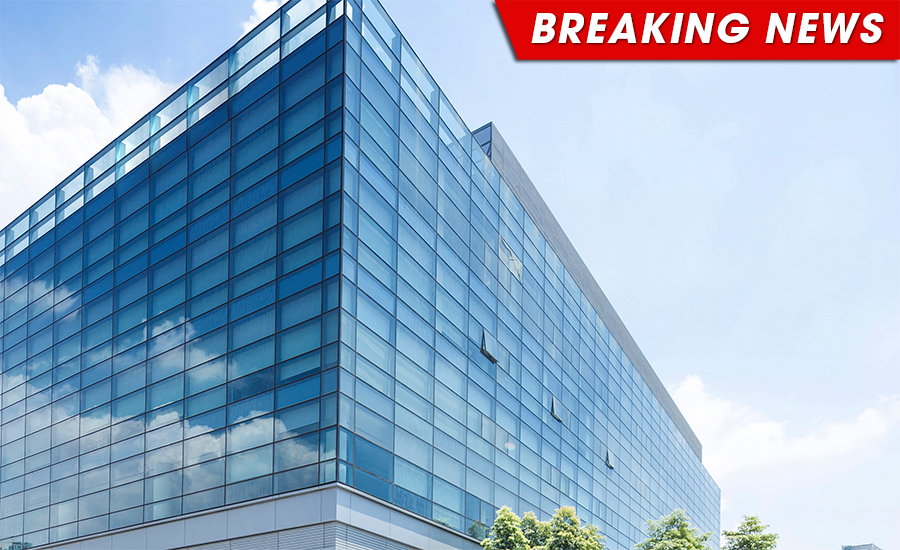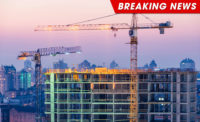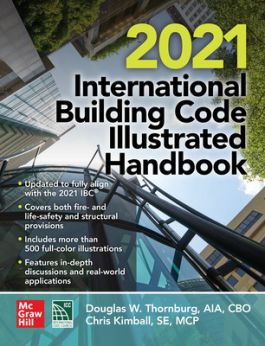The International Code Council applauds the U.S. Department of Housing and Urban Development (HUD) for recognizing the 2009 ICC A117.1 Accessible and Usable Buildings and Facilities Standard, 2009 International Building Code (IBC), 2012 IBC, 2015 IBC, and 2018 IBC as “safe harbors” for compliance with the Fair Housing Act’s (FHA) accessibility requirements. HUD will retain as safe harbors the previously recognized IBC 2000, 2003, and 2006.
The standard and codes adopted by HUD as safe harbors represent safe harbors when the relevant accessibility provisions are used in their entirety. This final rule will go into effect on March 8, 2021.
HUD received public comments from more than 40 interested parties that supported inclusion of the 2009, 2012, 2015 and 2018 and the ICC A117.1-2009 as safe harbors. A Code Council led coalition of more than 30 organizations and businesses, as well as the American Institute of Architects (AIA) and the National Association of Homebuilders (NAHB) – who have been consistent proponents of updating the safe harbor list – all noted that broadening the list of safe harbors would improve compliance with the Fair Housing Act’s design and construction requirements; provide code officials, architects and builders with needed the tools to ensure buildings are accessible to people with disabilities’ and align the Act’s requirements with many U.S. Jurisdictions which already enforce one of the listed editions of the IBC and, by reference, the ICC A117.1-2009.
Many states and local governments adopt current code and standard editions after their publication, such that the Department’s safe harbor list requires periodic updates in order to keep pace with building requirements in much of the U.S. The final rule included a clarification, supported by the Code Council led coalition, which allows HUD to propose and finalize new safe harbors on a faster timeline. With HUD’s finalization of the rule, the Code Council will soon request the Department begin review of the 2021 IBC, which references the updated and strengthened A117.1-2017.
“The decision by the U.S. Department of Housing and Urban Development (HUD) to expand the list of safe harbors to the 2009-2018 editions of the IBC will have immediate positive impact on the government, the accessibility community and the construction industry,” said Code Council Chief Executive Officer Dominic Sims, CBO. “We appreciate the Department’s diligence and the participation by so many stakeholders who supported the proposed rule to update the Fair Housing Act safe harbors. The revisions HUD adopted to its process will enable faster review of future safe harbors, which is critical to maintaining this momentum. We look forward to reengaging with the Department in short order on its review of the 2021 IBC and the strengthened A117.1-2017 referenced within it.”
“Expanding the list of safe harbors increases the possibilities for everyone,” said Code Council President Greg Wheeler. “Across the building industry and throughout our communities, the impact of this decision will provide necessary clarity and ensure safety.”
Adopted in all 50 states, the International Building Code, developed by the International Code Council, has become the most widely used model code in the United States and in many other countries. Updated on a three-year cycle, the 2012, 2015, and 2018 IBC editions reference the ICC A117.1-2009 for technical requirements for residential accessible design. The Code Council finalized a subsequent A117.1 accessibility standard in 2017, which is referenced in the 2021 IBC.
Many commenters requested continued access to two matrices prepared by the Code Council, which served as a basis for the final rule to “enable designers, developers, and advocates to understand key components of the safe harbors, vis a vis the Act's requirements.” These documents compare applicable provisions of the 2006 IBC to the 2009‑18 editions and the 2003 edition of the A117.1 standard to the 2009 edition. These matrices may continue to be accessed through the following links:
- International Building Code Comparison Matrix 2006 and 2009/2012/2015/2018
- ANSI A117.1 Comparison Matrix 2003 and 2009
To access A117.1 and the IBC, click here.
To access the new HUD rule, click here.




